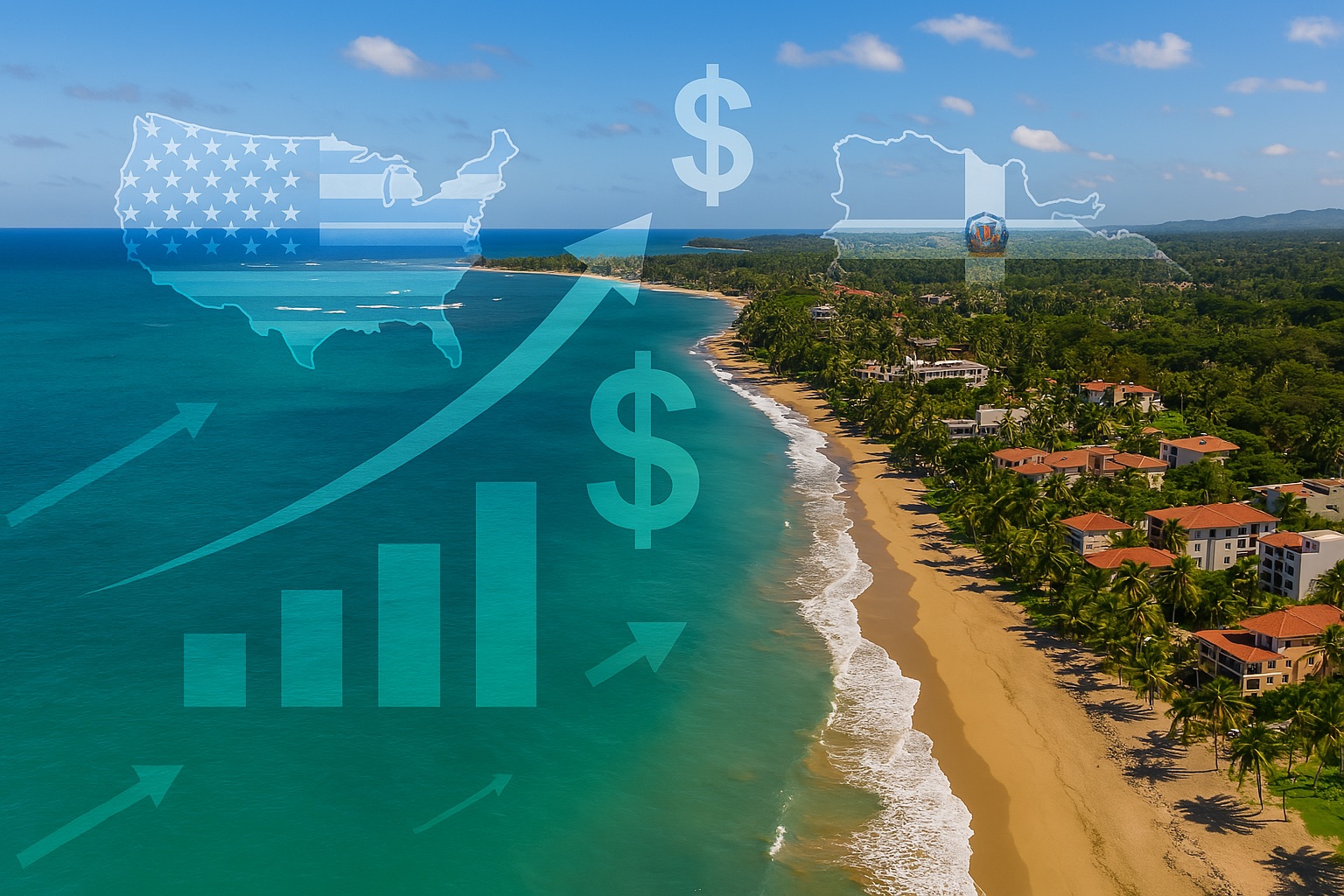By Robert MacEachern, CEO of RealtorDR
Last night, my 15-year-old asked, “Dad, what are tariffs?” It’s a question that seems simple but gets complicated fast. Tariffs are essentially taxes—or tolls—charged on goods entering a country. Historically, they’ve shaped economies and global trade dynamics. Today, they’re influencing something surprising: the real estate market in the Dominican Republic.
Tariffs as Trade Tolls
Tariffs operate like toll booths for imported goods. Before income taxes, tariffs funded much of America’s growth. Today, as the U.S. revisits tariffs, global trade routes and investment flows are being reshaped, creating new opportunities for countries like the Dominican Republic.
The “Reset” in Trade Dynamics
After WWII, the U.S. significantly lowered tariffs to boost global recovery but didn’t fully reset when other countries maintained high tariffs. The recent shift toward fairer trade terms means the U.S. is now leveling the playing field, potentially strengthening its economy—and that’s beneficial for the Dominican Republic.
How the DR Gains from U.S. Tariffs
A stronger U.S. economy generally means more American investment overseas. The DR, already a popular destination for U.S. investors, is perfectly positioned to attract this investment. With vibrant communities like Sosúa, Cabarete, and Punta Cana, the Dominican Republic offers compelling real estate opportunities—especially attractive to Americans looking for affordability, stability, and lifestyle advantages.
Temporary Price Adjustments, Long-Term Gains
Tariffs can temporarily increase prices on certain goods, affecting everything from construction materials to consumer products. While these increases might be short-term, the long-term scenario remains bright: increased economic activity, job creation, and a stronger property market as new businesses and investors enter the DR.
The Opportunity of Nearshoring and Manufacturing
As tariffs prompt companies to reconsider manufacturing locations, the Dominican Republic’s “zonas francas” (free trade zones) become increasingly attractive. These zones offer tax advantages and infrastructure that draw businesses relocating operations closer to the U.S. The result? More jobs, economic growth, and greater demand for housing and commercial spaces in the DR.
Interest Rates and Investment Potential
While tariffs don’t directly lower interest rates, any long-term stabilization of the U.S. economy could lead to economic conditions favoring lower rates over time. Lower rates mean more disposable income and greater purchasing power for American investors considering DR real estate—adding another layer of attractiveness to investing here.
Real Estate: Positioned for Success
Tariffs aren’t just economic tools—they’re signals of shifting economic landscapes. As trade stabilizes and investment flows realign, the Dominican Republic emerges as a stable, attractive destination for American real estate investors. The DR’s property market stands to benefit significantly, offering promising investment opportunities and growth potential.
The Bottom Line
As tariffs reshape the global economic landscape, the Dominican Republic is uniquely positioned to benefit. With strong U.S. economic conditions, increasing investment interest, and favorable trade dynamics, now is an ideal time to explore real estate opportunities here.
At RealtorDR, we’re committed to guiding you through these evolving economic trends to ensure you make smart, timely investment decisions.
The future of real estate in the Dominican Republic looks bright—let’s capitalize on it together.

